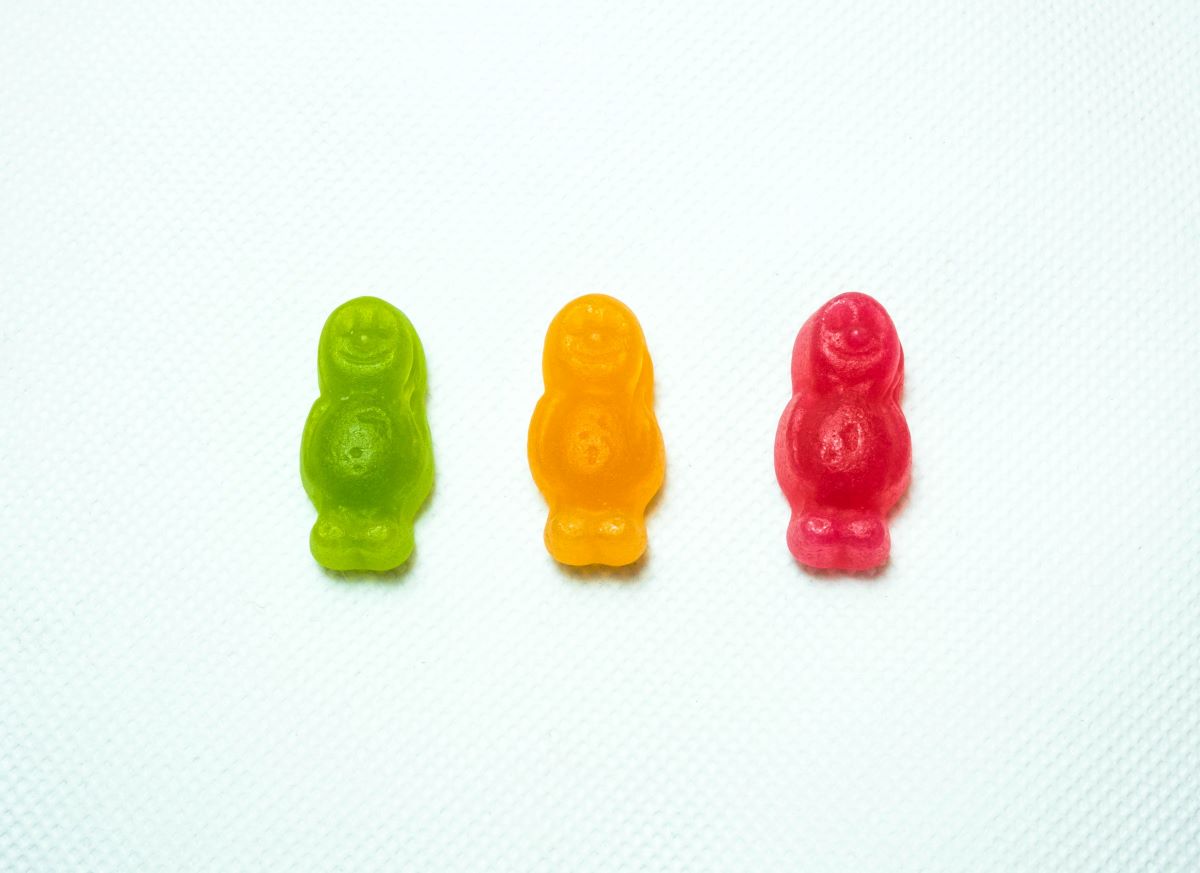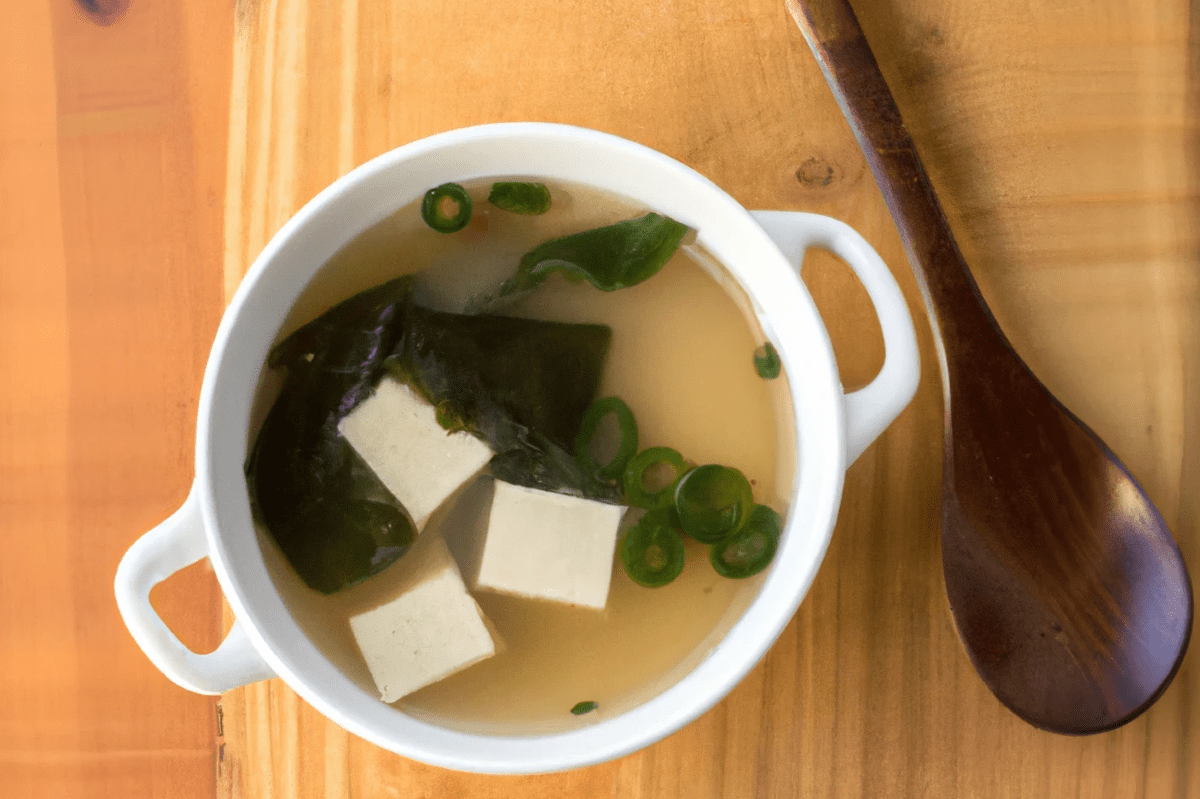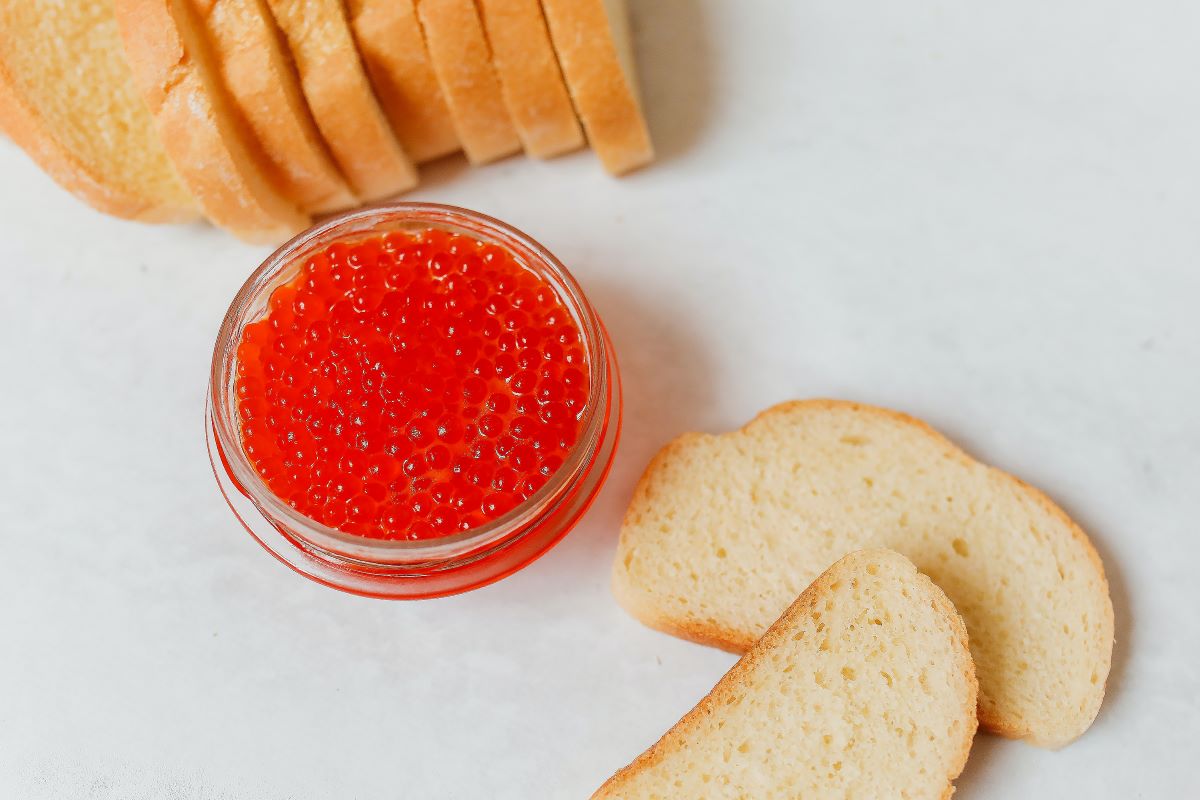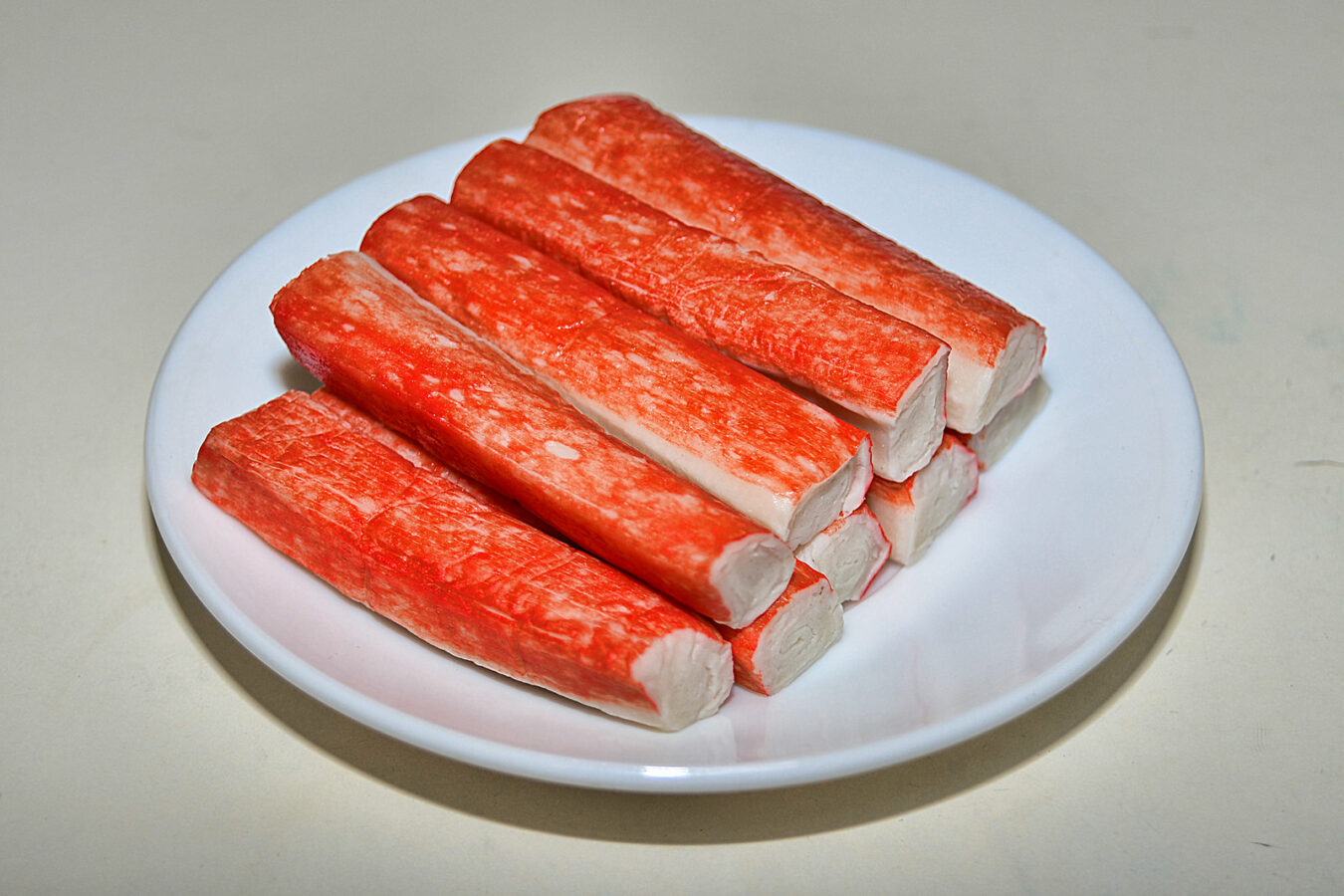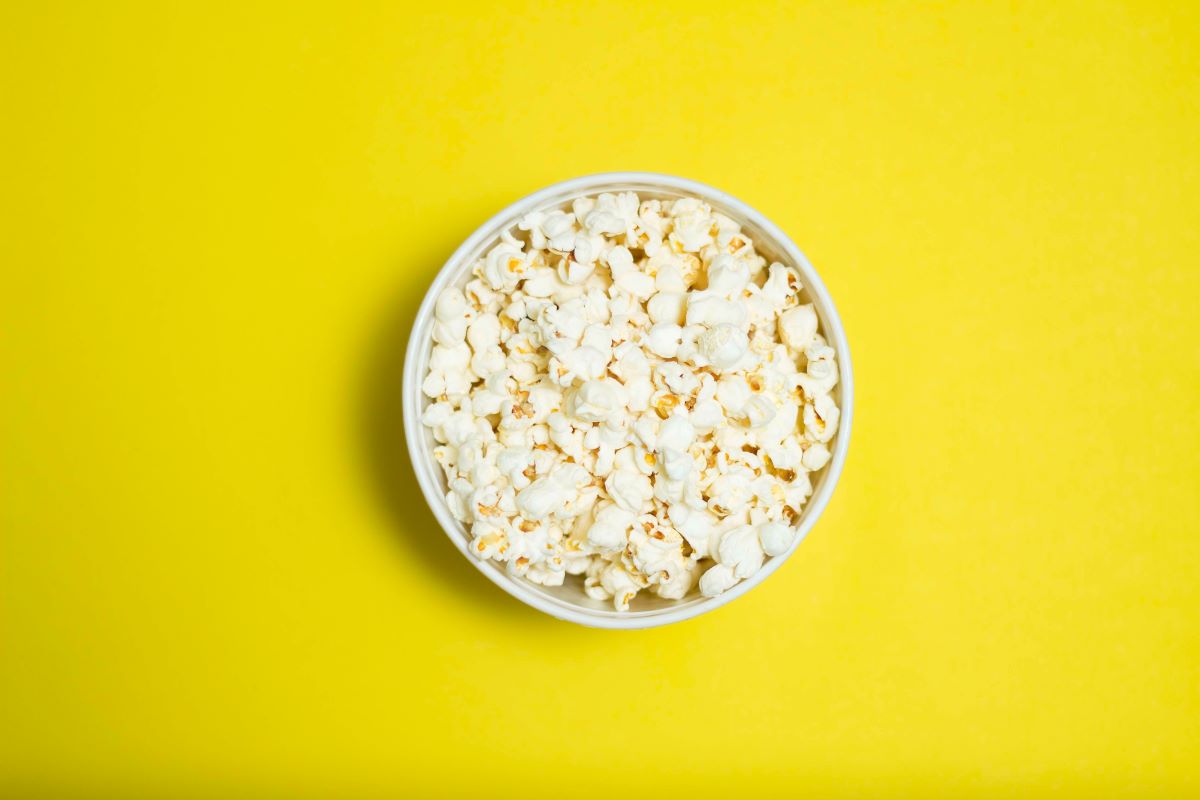Table of Contents
Pectin is a common ingredient in many food products, especially jellies and jams. It is a type of soluble fiber found in the cell walls of plants, particularly in the skins and cores of certain fruits like apples and citrus fruits.
It is used as a gelling agent in food production to give a gel-like texture to foods. But is pectin vegan? Let’s delve into the details.
Is Pectin Vegan?
Pectin is generally considered vegan, as it is derived from plant sources, specifically fruits. However, while pectin is plant-based, some products containing pectin may also include non-vegan ingredients or be processed using animal-derived agents.
Therefore, checking the product’s ingredient list and label is essential to ensure it aligns with a vegan diet.
Non-Vegan Ingredients or Processes
While pectin is derived from plants, the production process or adding other ingredients can make a non-vegan product. For example, some jams or jellies containing pectin may also include honey or other animal-derived ingredients.
Additionally, certain processing agents used in producing pectin may be of animal origin, although this is less common. It is always advisable to check any product’s label and ingredients list to ensure it is vegan-friendly.
Controversies or Gray Areas within the Vegan Community
While pectin is generally accepted as vegan, there are some gray areas and controversies within the vegan community regarding its use. For example, some vegans prefer to avoid commercial pectins due to the environmental impact of the fruit farming and processing industry.
Additionally, there are concerns about using genetically modified organisms (GMOs) to produce certain types of pectin, which some vegans choose to avoid. Therefore, while pectin itself is plant-derived and technically vegan, its production process and the addition of other non-vegan ingredients can be areas of concern for some vegans.
Types of Pectin
Pectin comes in various forms, including liquid pectin, powder pectin, and apple pectin derived from apple pomace. Different pectins are also based on their chemical composition, such as high methoxyl (HM) pectins and low methoxyl (LM) pectins.
HM pectins require sugar and acid to form a gel, while LM pectins can form a gel in the presence of calcium ions. The type of pectin used can affect the texture and firmness of the final product.
Vegan-Friendly Alternatives and Variations
Although pectin is generally considered vegan, some people prefer alternatives due to concerns about the environmental impact or the use of GMOs in producing pectin. Fortunately, there are several vegan-friendly alternatives available in the market.
Store-Bought Alternatives
Agar-Agar
A product made from seaweed, agar-agar is a popular vegan alternative to pectin and gelatin. It is available in most health food stores and online.
Guar Gum
Made from guar beans, guar gum is a natural thickening agent that can be used as an alternative to pectin. It is available in powder form in many supermarkets and online.
Xanthan Gum
A thickening agent produced by fermenting sugar with a bacteria called Xanthomonas campestris. It is commonly used in gluten-free recipes and is available in supermarkets and online.
Tips for Identifying Vegan-Friendly Options
Read the Label
Always check any product’s label and ingredient list to ensure it does not contain animal-derived ingredients or additives.
Look for Certified Vegan Products
Products that carry a certified vegan label have been verified by a third party as not containing animal-derived ingredients or by-products.
Check the Company’s Website
Many companies provide detailed information about their products, including whether they are suitable for vegans, on their websites.
Homemade Versions
Making your pectin at home is a great way to ensure it is vegan and GMO-free. Homemade pectin can be made from apples or citrus peels high in natural pectin.
Ingredient Swaps
Agar-agar can be a 1:1 substitute for gelatin in most recipes. For recipes that require a thicker texture, cornstarch can be used as a thickening agent instead of pectin in some recipes. However, it does not provide the same gelling properties as pectin.
How to Use Vegan Alternatives in Recipes
Agar-agar needs to be boiled to activate its gelling properties. In recipes, use it in a 1:1 ratio as a substitute for gelatin or pectin. Alternatively, you can also use guar gum in a 1:1 ratio as a substitute for pectin. However, it is important to note that guar gum does not have the same gelling properties as pectin. Lastly, xanthan gum can be used in a 1:1 ratio to substitute pectin in recipes. However, it is important to note that, like guar gum, xantham gum does not have the same gelling properties as pectin.
How Pectin is Made
Pectin is a naturally occurring soluble fiber found in the cell walls of fruits and vegetables. It is extracted and refined to be used as a gelling agent, thickener, or stabilizer in food products like jams, jellies, and gummies.
Primary Ingredients
The primary ingredient of pectin is the pectic substances present in fruits and vegetables. Apples and citrus peels are the most common sources of pectin because they have a high pectin content.
Apple pectin is usually extracted from apple pomace, the leftover skins and cores from apple juice production. Citrus pectin is extracted from the peels of citrus fruits like oranges, lemons, and limes.
Secondary Ingredients and Additives
Commercial pectin may contain additional ingredients or additives to modify its properties or extend its shelf life. These may include:
Sugar
Pectin often comes in a mixture with dextrose or sucrose to help it dissolve more easily.
Acid
Citric acid or other organic acids may be added to aid the gelling process.
Preservatives
Preservatives like potassium sorbate may be added to extend the shelf life of the pectin.
Calcium
Some types of pectin, like LM (low methoxyl) pectin, require calcium to form a gel.
Calcium salts may be included in the pectin mixture or added separately during cooking.
It is crucial to read any commercial pectin’s label and ingredient list to ensure it does not contain any non-vegan ingredients or additives you wish to avoid.
Sourcing and Ethical Considerations
The sourcing and production of pectin raise several ethical considerations, including its environmental impact, ethical impact, and labor practices involved in its production.
Environmental Impact
The environmental impact of pectin production largely depends on sourcing its primary ingredients, fruits. Since pectin gets extracted from fruit juice production waste products, such as apple pomace and citrus peels, it helps reduce waste.
However, the environmental impact of growing and harvesting the fruits and the transportation and processing involved should be considered. For example, if the fruits are grown using unsustainable agricultural practices or if they get transported long distances, the environmental footprint of the pectin will be higher.
Ethical Impact
The ethical impact of pectin production includes using genetically modified organisms (GMOs) and pesticides and fertilizers in fruit farming. Some people prefer to avoid GMOs and synthetic chemicals and may choose to use organic pectin made from organically grown fruits.
Labor Practices
Labor practices are another consideration in pectin production. Fruit farming and processing can be labor-intensive, and there have been reports of unfair labor practices in the agriculture and food processing industries, such as low wages, poor working conditions, and exploitation of migrant workers.
It’s worth mentioning that although these secondary ingredients or additives are commonly found in commercial pectin, they may vary from one brand to another. Some pectin products may contain additional ingredients not listed here, while others may only contain pectin with no additives.
Therefore, reading the label and ingredient list of any pectin product you purchase is crucial to ensure it meets your dietary needs and preferences.
FAQ
In this section, we will answer some frequently asked questions about pectin.
What is pectin made from?
Pectin is a natural carbohydrate found in the cell walls of plants, especially in the skin and cores of apples, citrus fruits, and berries. Commercial pectin is extracted from these fruit waste products, mainly apple pomace and citrus peels.
Are there any pectin-free jams and jellies?
Yes, there are pectin-free jams and jellies available. Some jams and jellies use alternative gelling agents like chia seeds or gelatin (not vegan) instead of pectin. It’s important to check the ingredient list on the label to confirm.
Can I make my own pectin?
You can make your pectin at home by boiling the skins and cores of high-pectin fruits like apples or citrus. Homemade pectin can be a good alternative to store-bought pectin, especially if you want to ensure it is organic or GMO-free.
Moreover, using pesticides and fertilizers in conventional fruit farming can also adversely affect farm workers’ health and the surrounding environment. Therefore, when evaluating its ethical impact, it is crucial to consider the entire supply chain of pectin production, from fruit farming to pectin extraction and processing.
Opting for organic pectin, made from organically grown fruits without synthetic pesticides or fertilizers, can be a more ethical and sustainable choice.
